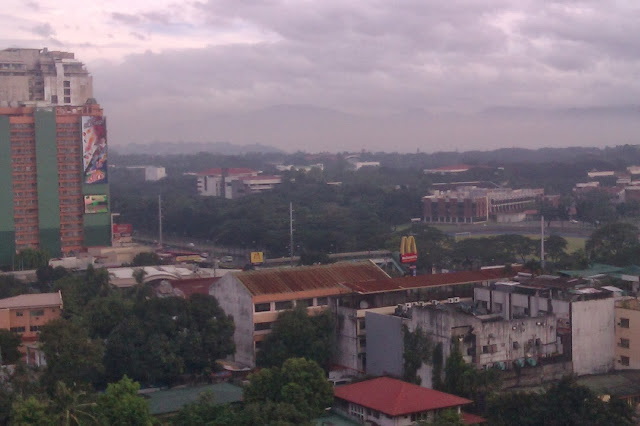Buried Treasure in Bohol
When the 7.2 earthquake shook the island of Bohol on October 15th, the majority of its 400-year old churches were instantly reduced to a pile of rubble. As we creep forward for a closer look, we notice the still intact church bell protruding from the heaps, like buried treasure slowly revealing itself.
Wandering through the ancient ruins of Rome, you realize that nothing in this world was truly built to last. But while I can accept the centuries slowly chipping away at stone and marble, it is much harder to wrap my head around the complete collapse of this church from one moment to the next.
There is something peculiar about this place, a little eerie but also mesmerizing. My colleagues from the Peace and Equity Foundation light a candle in the nearby tent serving as a makeshift church, before we all pile back into the mini-van.
Generators
Although dramatic, the damaged churches are only one part of the story. On an island where many depend on the tourism, an earthquake of this magnitude is – well, to put it crudely – rather bad for business. It certainly did not help that only a few weeks into their recovery, supertyphoon Haiyan wiped out their main source of power on neighboring island Leyte, surrendering the residents of Bohol once again to the mercy of generators. In fact, our local partner BUSWACC tells us, most places regained electricity only about a week ago. It’s hard to shake the feeling of one step forward, two steps back – especially as we drive past the last remaining evacuation center, where people have been camping for almost three months now.
Back to business
Next on our Bohol itinerary are some of the small businesses supported by our partner. For example, a group which turns coconut milk, rice and sugar into a sweet, sticky paste called calamay. Without the usual volume of tourists, their sales have suddenly dropped, making their loan payments to BUSWACC difficult in the short term.
We also pay a visit to a woman making handbags and other souvenirs out of coconut husks. Her machines blew up when they were left running during the earthquake.
In the meantime, she has one machine working again, but most of her former employees have found better paying jobs in rehab construction. Although she is still open for business, she worries because she is having difficulty filling her orders from outside Bohol.
Of course, BUSWACC and PEF are coming up with strategies to help these businesses they carefully nurtured get back on their feet again. The calamay sellers stationed at the ferry are already reporting a slight increase in customers.
Thankfully, it appears it will take less time to rebuild the businesses of Bohol than its churches.
Crossposted from Cordaid website



